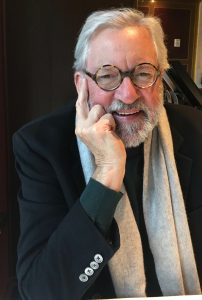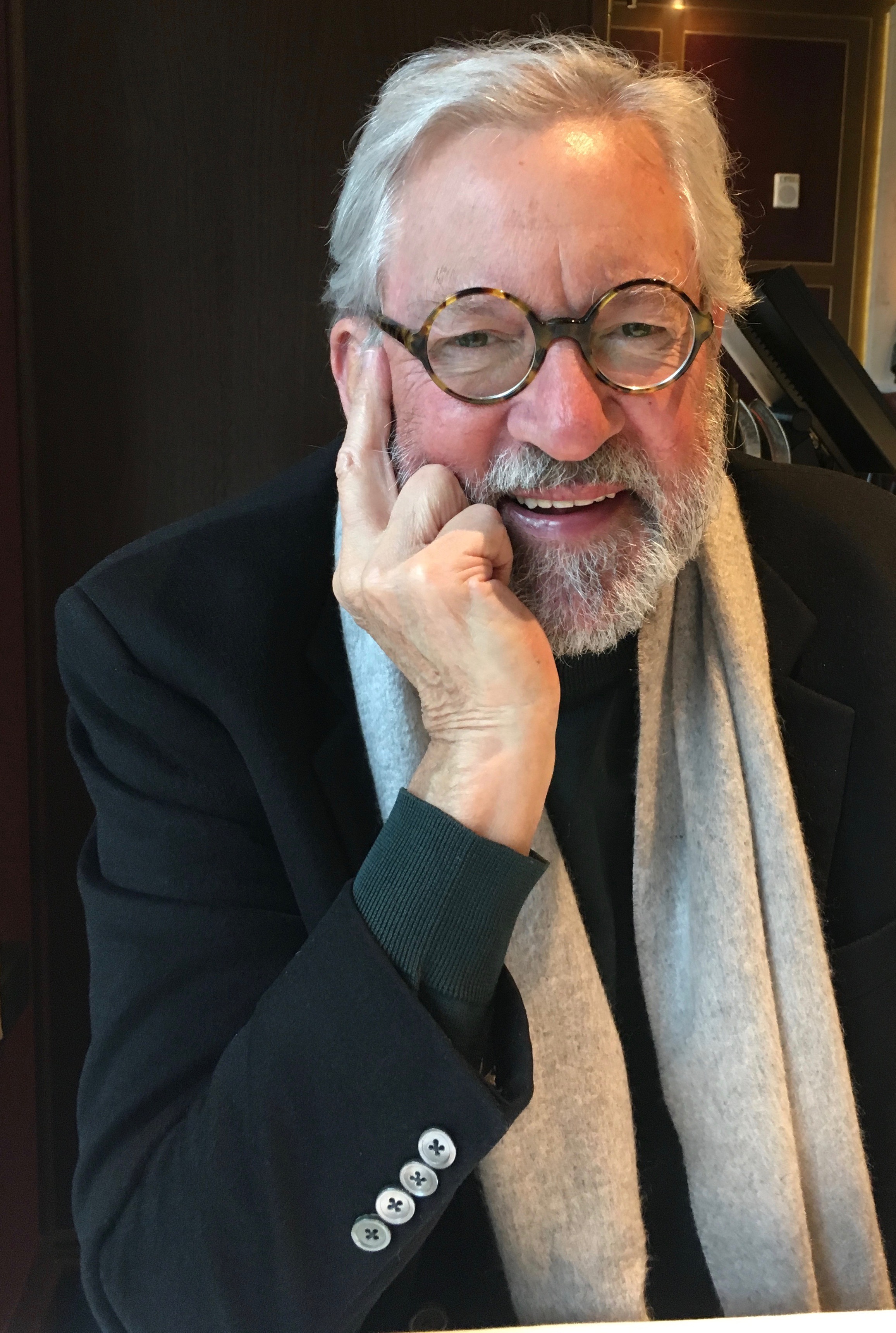Where did you go to college?
I entered Virginia Polytechnic Institute (later became VA Tech, VPI & SU) and graduated in 1965 with a Bachelor of Architecture degree and a heart-felt dedication to the art of architecture. When I entered VPI in 1960, the Department of Architecture was part of the College of Engineering and the department head was Leonard Currie, FAIA, a graduate student at Harvard University in 1937 when Walter Gropius arrived bringing a fresh approach, modernism, to America, and an absolute repudiation of any “traditional” style based on a sentimental view of the past. All members of the freshman class in architecture were required by Mr. Currie to write an essay about “The Williamsburg Blight”. Since that time I have been a devoted modernist, declining any commission that didn’t allow me to develop a building that represented its specific site, building program, material system and budget, all while trying to make art out of construction. I like to think I’m only two generations away from Walter Gropius, and my students were only three generations away from one of the founders of modern architecture.
 When Jaan Holt decided to establish the Washington Alexandria Architecture Center (WAAC) in 1980, I agreed to participate in design studios and present lectures on professional practice. Without any direction from the College regarding this class, I decided to structure each segment or lecture around the best (in my opinion) options for achieving architecture – through office organization, marketing, project management, and client/architect relationships. This continued for 31 years, much to my delight and satisfaction.
When Jaan Holt decided to establish the Washington Alexandria Architecture Center (WAAC) in 1980, I agreed to participate in design studios and present lectures on professional practice. Without any direction from the College regarding this class, I decided to structure each segment or lecture around the best (in my opinion) options for achieving architecture – through office organization, marketing, project management, and client/architect relationships. This continued for 31 years, much to my delight and satisfaction.
Would you recommend studying architecture to a young person?
The study of architecture addresses issues that are both practical and artistic – engaging both left brain and right brain. It is the best all-around education one can receive. It would be my desire that everyone could study architecture, and even if they don’t go on to design great buildings, they might cause architecture to happen vicariously as when they serve on a local planning commission, a building committee for a church or synagogue, or on a neighborhood architectural review committee. There are many opportunities for us all to support architecture and design excellence.
What does it take to be an architect?
When I taught professional practice at the WAAC it would take me three months to address this question. But in two words – dedication and persistence.
Was there an architect that particularly inspired you?
Like most architects of my time I took inspiration from Frank Lloyd Wright and Louis Kahn, but I also followed many contemporary architects through the seventies and eighties, until Michael Graves and others espoused the notion of post-modernism. They attracted a lot of attention with the public by espousing decoration and image over honest expression of material, function, and construction. And then I re-discovered Renzo Piano, one of the architects of the Pompidou Center in Paris, a favorite of mine. His practice and methodologies are most admirable and I look forward to studying each new project that comes from his studio.
What are you currently reading?
1. The Golden Age of Yachting, L. Francis Herreshoff, about the most beautiful boats ever built. Sailboats are the purest expression of the forces of tension and compression, and thus are real architecture without even trying. I’m always looking for crew for the “Cadenza”, located on a dock just outside my condo in Solomons, Maryland.
2. Leonardo Da Vinci, Walter Isaacson, a book I’m savoring chapter by chapter, and highly recommend it.
What’s the best meal you’ve ever had?
When my late wife and I moved to Alexandria in 1965, we realized that, previously, we had always eaten to survive but then we discovered we were eating for the pleasure of eating, and discovering recipes and food that we wanted simply for the joy of eating, like music or any other art forms. I think that’s what architects do. So, to answer your question, I’ve been having the “best meals” of my life for fifty years.
Why do you volunteer with the AIA?
I love this question because I deeply believe that all architects should join and participate in AIA. No one else promotes our profession like the American Institute of Architects.
In my several years of leadership in our local chapter, and then at the state level, I tried to steer our organizations to recognize design excellence as a tenet equal to technical and business issues. In 1987, our chapter had monthly meetings, and I arranged to have a presentation or discussion of architecture at each one.
Then, as president of the VSAIA, I started the Design Forum as a “counter-weight” to our annual convention (known by several names) that tends to be about technical and business subjects. My point is that we can make a difference if we participate in a leadership capacity. AIA is only as good as we make it.
I found it can be a tool to promote design excellence, just as we thought it should be when we were students and just starting out in the profession.

